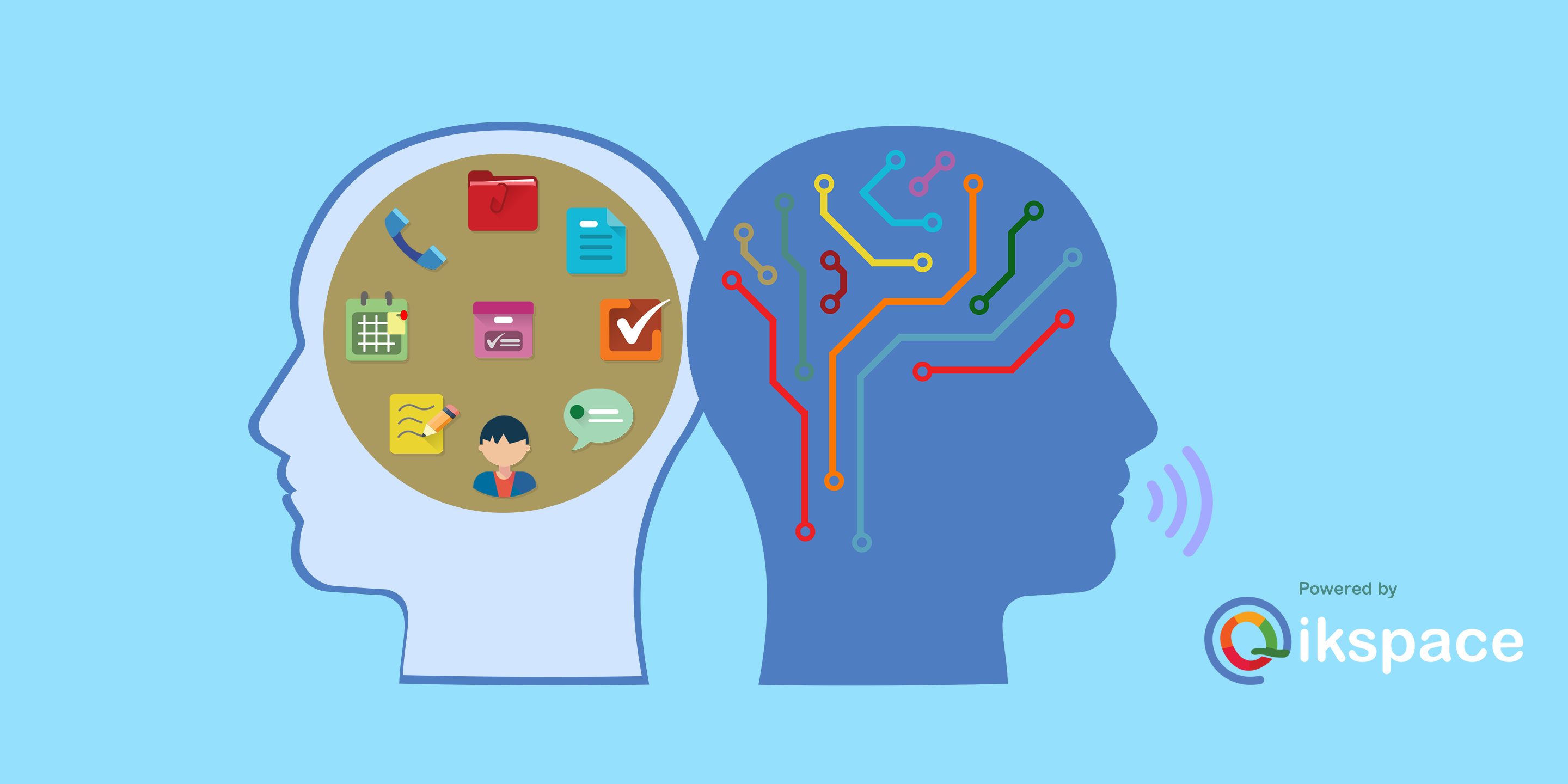
The Qikspace project started with a desire to gain transparency and understanding as to how individuals and businesses really interact, in order to make virtual and first-person interactions more efficient & valuable. After exploring the existing research, Qikspace evolved as a pure research company studying contextual relevance as it relates to human-human interactions, human-data interactions, and human-machine interactions.
The research found that most people prefer to interact with designated facilitating individuals directly rather than with an organization, automation, solution systems, or groups. The research also revealed how humans remember the interactions, that if the information is categorized into common memory patterns — 3 groups of 3 — a user could access billions of pieces of information rather than only hundreds or thousands.
Investigating the mechanisms by which we interact with others, and the commonalities of these interactions, the research found that the traditional methods did not facilitate complete interactions. This was mainly due to the cost
and capabilities of previous technologies; in contrast mobile devices greatly enhanced these integrated capabilities. When this research was undertaken in 2012, mobile devices were not expected to possess complex elegant capabilities, but the technology quickly emerged driven by user needs & recurring desires.
The next step was designing interaction tools that were intuitive to users. This process required extensive field testing of concepts and designs to reduce user painpoints, reduce interaction barriers, and provide seamless access to data. A final aspect of the research identified what the users found most useful, (or insightful), in the concept, and how it could be scaled for the differing needs of the user base. After this illuminating process was the challenge of fitting technically complex commercial solutions too specific users’ needs, and configuring it to run on a mobile platform and VR/XR glasses. Last but not least, there was the step of introducing a leading edge brand concept and comprehensive branding message. “Be more productive, find everything!”
